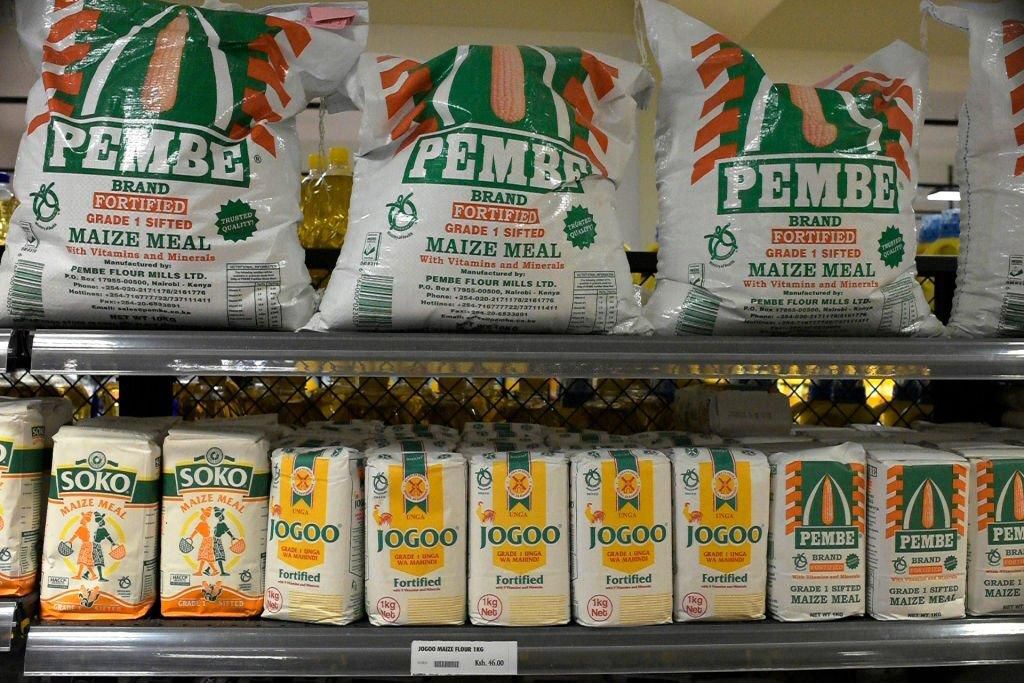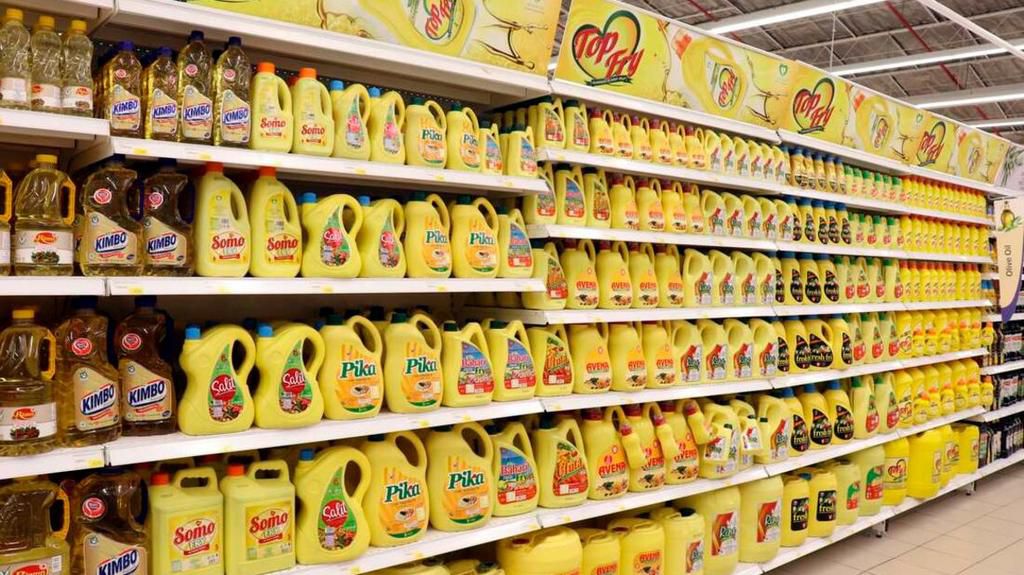8 reasons all supermarkets have almost similar layouts
)
Supermarkets, those sprawling havens of groceries and goods, are meticulously organized spaces designed to optimize the shopping experience for customers.
From the moment you step through the sliding doors, you're guided through aisles of products strategically arranged to maximize sales and streamline navigation.
But have you ever wondered why supermarkets are organized the way they are? Let's delve into the reasons behind their layout.
Why supermarkerts are arranged the way they are
1. Consumer psychology
Supermarkets are laid out with the principles of consumer psychology in mind. Essential items like dairy, eggs, and bread are often placed at the back of the store.
This strategic positioning encourages customers to navigate through aisles filled with other products, increasing the likelihood of impulse purchases along the way.
2. Impulse buying
Items with high profit margins, such as snacks and beverages, are strategically placed at eye level or near checkout counters.
This placement capitalizes on impulse buying tendencies, as customers are more likely to grab these items while waiting in line or passing by.

3. Product grouping
Similar products are grouped together to facilitate easy comparison and decision-making. For example, canned goods, pasta, and sauces are typically found in the same aisle, making it convenient for shoppers to find all the ingredients they need for a specific meal.
4. Flow and circulation
Supermarkets are often designed with a deliberate flow and circulation pattern in mind. The layout is intended to guide customers through the store in a logical manner, ensuring they encounter different product categories along the way.
This design minimizes congestion and creates a seamless shopping experience.
5. Seasonal and promotional displays
Supermarkets frequently feature seasonal and promotional displays strategically placed throughout the store.
These displays showcase featured products or seasonal items, enticing customers to explore new offerings and take advantage of special deals.

6. Convenience and accessibility
Accessibility is a key consideration in supermarket design. Essential items are placed in easy-to-reach locations, with heavier and bulkier items positioned on lower shelves for convenience.
Wide aisles and clear signage further enhance accessibility, making it easier for customers to navigate the store.
7. Departmentalization
Supermarkets are often divided into distinct departments, such as produce, meat, dairy, and frozen foods. This departmentalization helps customers locate specific items efficiently and enhances the overall organization of the store.
8. Customer experience
Ultimately, the layout of supermarkets is geared towards enhancing the overall customer experience.
By optimizing the layout for convenience, efficiency, and impulse purchasing, supermarkets aim to provide a positive shopping experience that keeps customers coming back.

In conclusion, the layout of supermarkets is a carefully orchestrated blend of convenience, marketing psychology, and operational efficiency.
By strategically arranging products, optimizing flow, and enhancing the overall shopping experience, supermarkets aim to maximize sales, foster customer loyalty, and stay ahead in the competitive retail landscape.
This content was generated by an AI model and verified by the author.
)
)
)
)
)
)